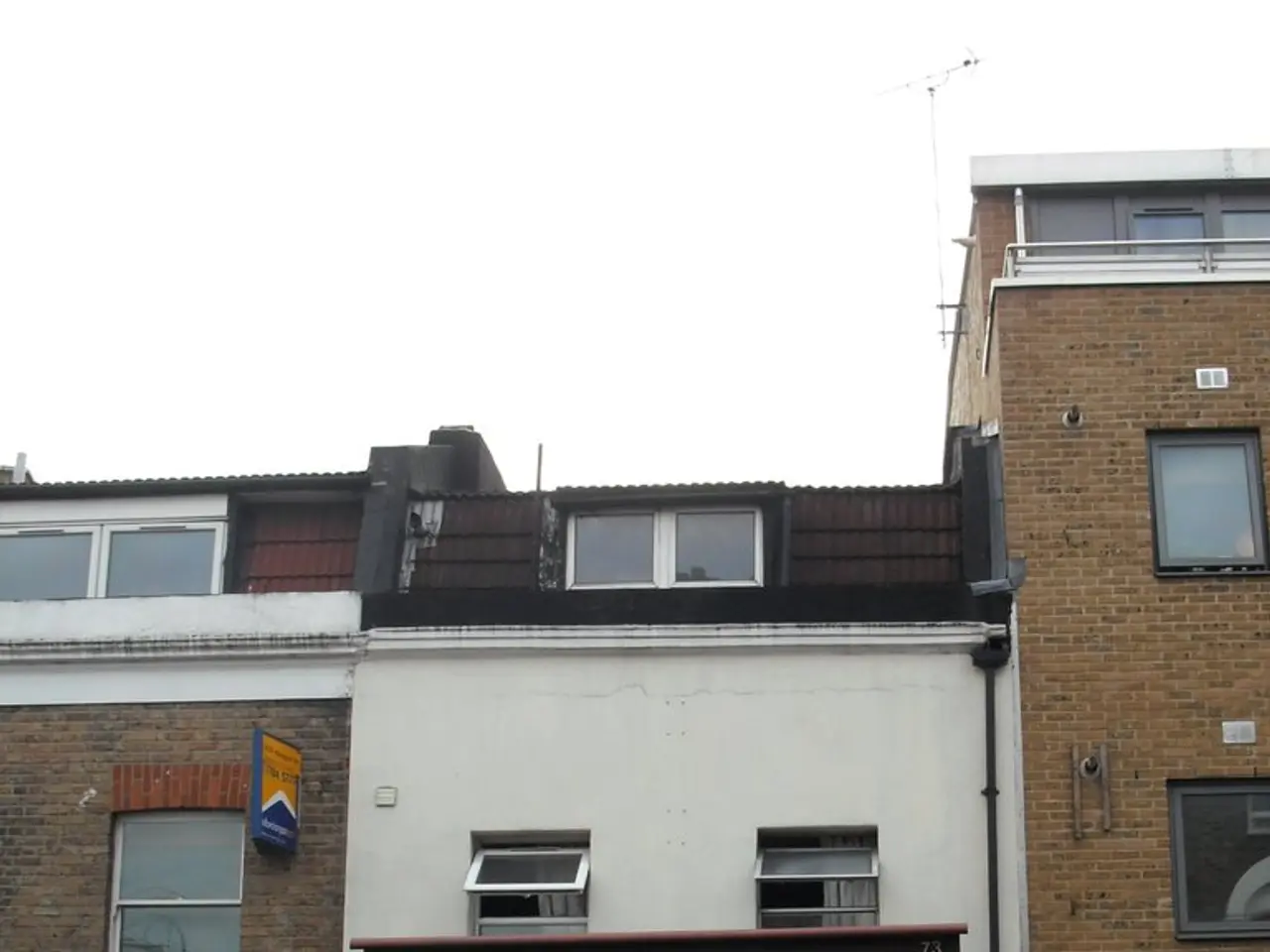Essential handbook on high-quality home safes for securing valuable possessions
In today's world, safeguarding valuable possessions is essential. Home safes offer a secure solution for protecting valuables, important documents, expensive jewelry, currency, loose gemstones, spare keys, and identification or financial documents from theft, fire, and flood.
When investing in a high-quality home safe, consider the following key features:
Burglary Resistance
Look for safes with a proven burglary rating, which indicates their ability to withstand break-in attempts. Features like solid steel construction, reinforced doors, and reliable locking mechanisms (e.g., combination locks, biometric locks, or dual locking bolts) improve security against theft.
Fire Resistance
Safes have fire ratings indicating how well they protect contents from heat and flames. A good fire rating ensures the safe can maintain an internal temperature low enough (typically below 350°F or 177°C) to protect paper, digital media, or valuables for a specified period, often 30 minutes to several hours.
Water/Flood Resistance
Consider safes specifically designed or rated for water resistance or waterproofing to protect contents from flood damage or water exposure during fire-fighting efforts. This can include sealing gaskets and waterproof construction.
Size and Weight
Balance the safe's internal capacity with space available in your home and ensure it is heavy or bolted down to prevent easy removal by thieves.
Lock Type
Choose among mechanical combination locks, electronic keypads, biometric readers, or dual-lock systems—electronic or biometric locks often provide quicker access with strong security.
Additional Protective Features
Look for features like anti-drill plates, relockers (secondary locking mechanisms triggered if tampering is detected), and pry-resistant doors.
Certification
Ensure the safe is tested and certified by recognized organizations for fire and burglary resistance, such as Underwriters Laboratories (UL) or equivalent.
While it is important to ensure that the home safe cannot be easily opened by a burglar with a screwdriver, hammer, or crowbar, it is also crucial to note that many cash ratings are not independently verified, so they should be used as a guide rather than a guarantee.
Moreover, Victorian law requires firearms to be stored in a purpose-built steel storage receptacle with a thickness of at least 1.6 millimetres, bolted to the structure of the premises. A home safe can fit these requirements, making it a suitable storage solution for firearms as well.
Home safes can use key locks, dial locks, or electronic locks, and ideally, they should use a combination of these locks for enhanced security.
Lastly, remember that a home safe's fire rating indicates how long it protects contents from heat and flame, with a minimum of 30 minutes and a recommended 60 minutes. Some safes claim to be water-resistant or waterproof, with a fire-rated safe resisting water ingress from fire hoses or sprinklers. A properly waterproof safe can resist flooding.
In short, pick a safe with certified fire and burglary ratings, solid waterproofing, strong lock mechanisms, and sufficient weight to ensure protection against theft, fire, and floods.
Incorporating a home safe into your home-and-garden lifestyle can provide a secure solution for protecting valuable possessions. When selecting a home safe for your home-improvement projects, ensure that it offers certified fire and burglary ratings, solid waterproofing, strong lock mechanisms, and sufficient weight to safeguard your belongings from theft, fire, and flood damage.




